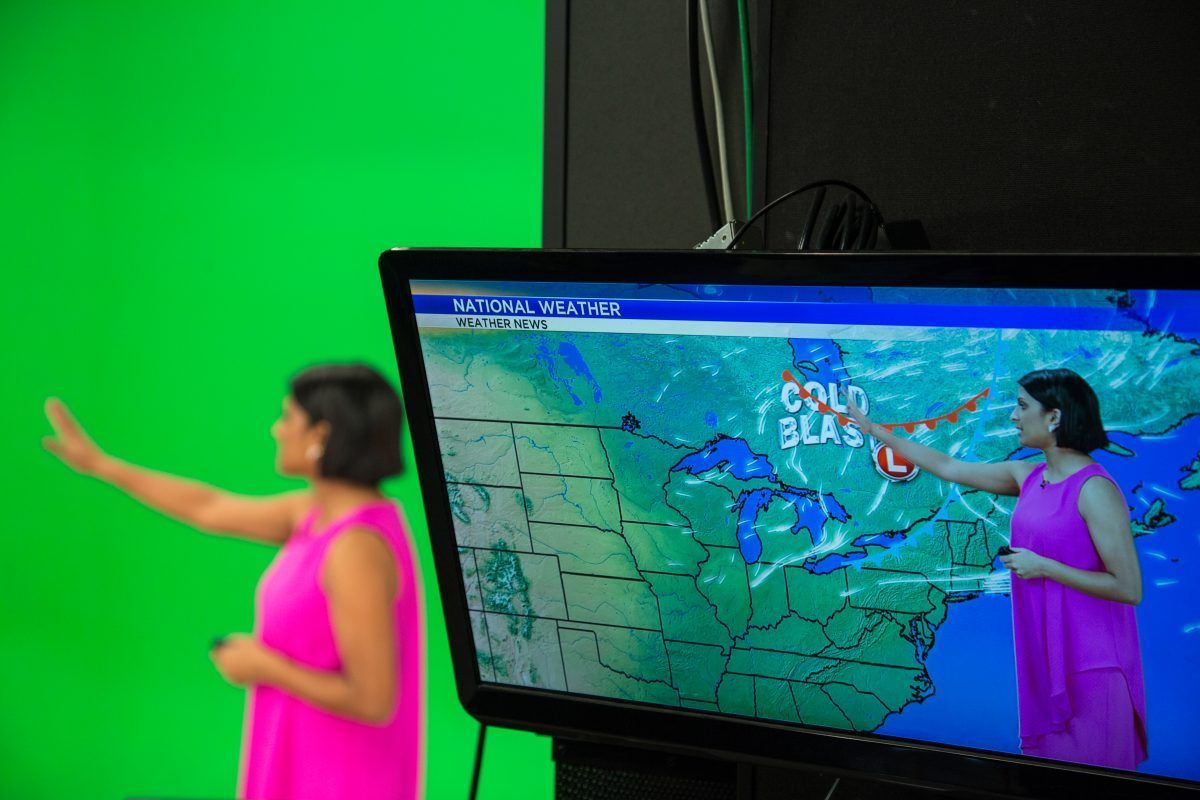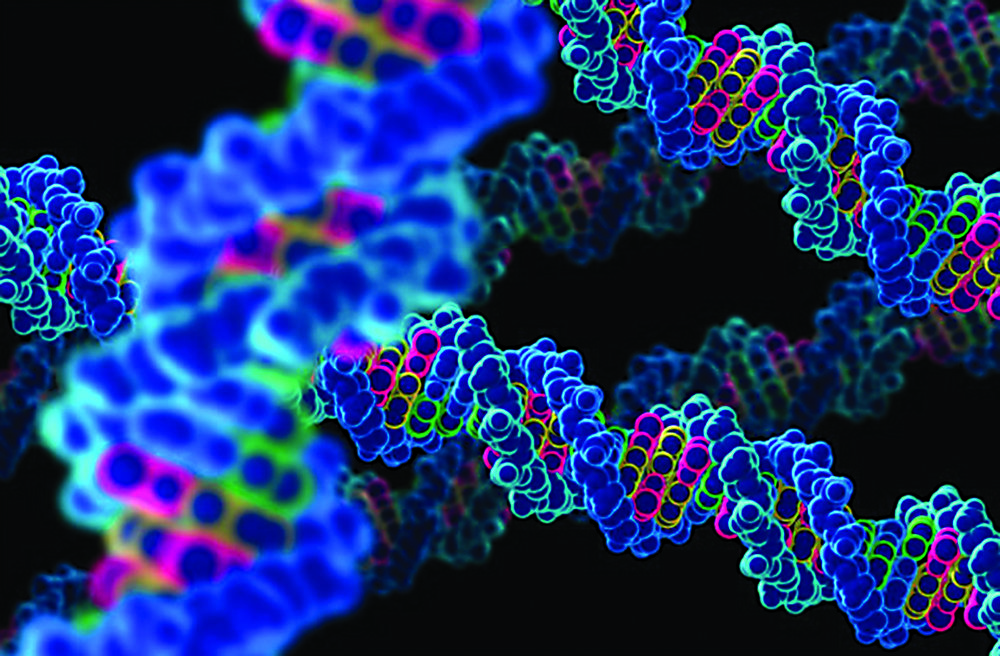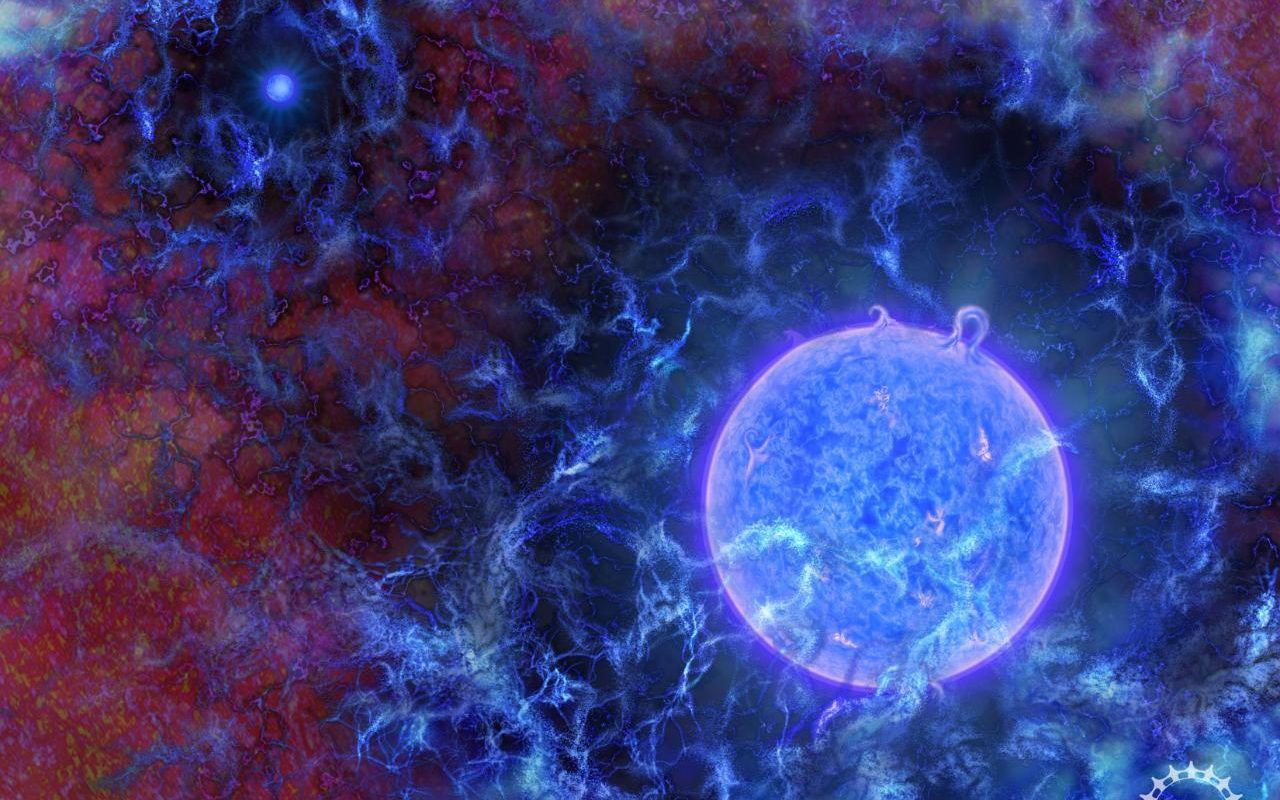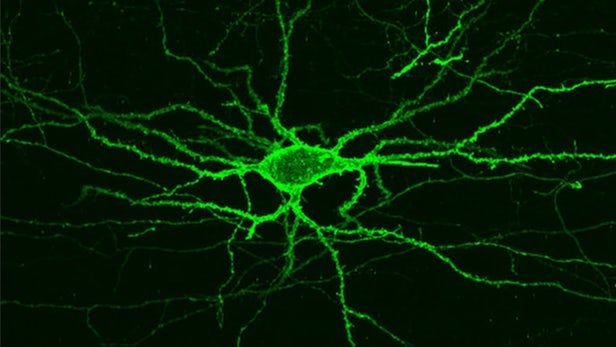Cryptocurrencies have become a major topic of interest in the United States, in part due to the extreme volatility of the flagship cryptocurrency, Bitcoin. Bitcoin rose from a modest value (under $1,000) to more than $15,000 in the span of a year, and now hovers between $6,000 and $12,000, with wild fluctuations throughout the days and weeks. It’s a potentially lucrative investment, but also a risky one—especially considering how new the concept of cryptocurrencies really is.
In addition to buying and selling cryptocurrencies, consumers are more actively involving themselves in crypto mining, the process of creating new digital currency. But the culture surrounding crypto mining is changing, and it may never be the same again.
Before you can understand how crypto mining is changing, you have to understand how it started, and what it is today. To hold its value, cryptocurrency needs to exist in a finite amount, and just like printing money, it needs an initial distribution. The system also relies on a network of peers (i.e., hundreds to thousands of computers) to audit each transaction on the network; in other words, the community of computers has to agree that a transaction is legitimate before it’s finalized as a “block” and added to the blockchain.








